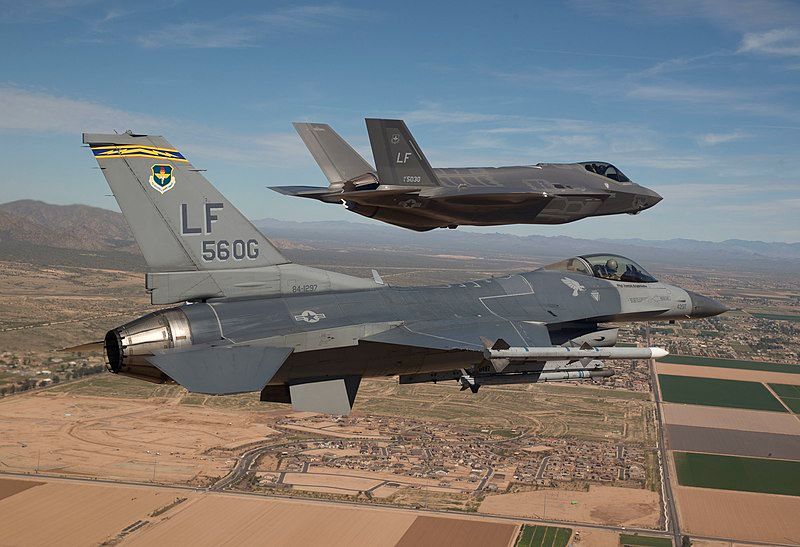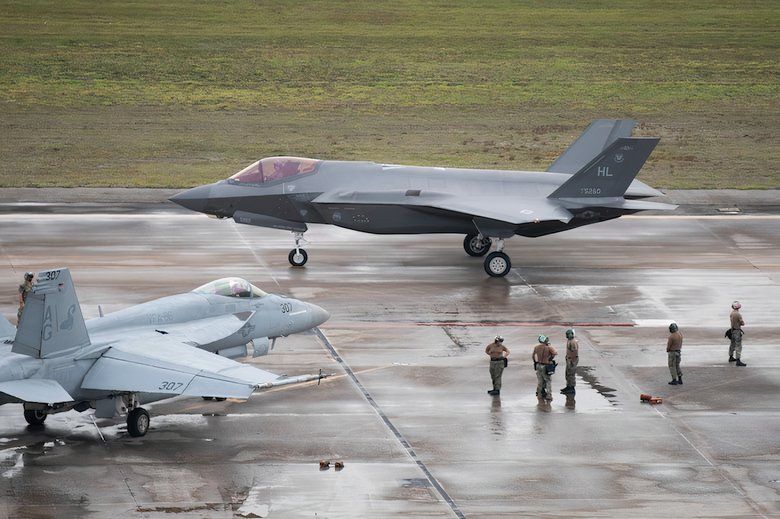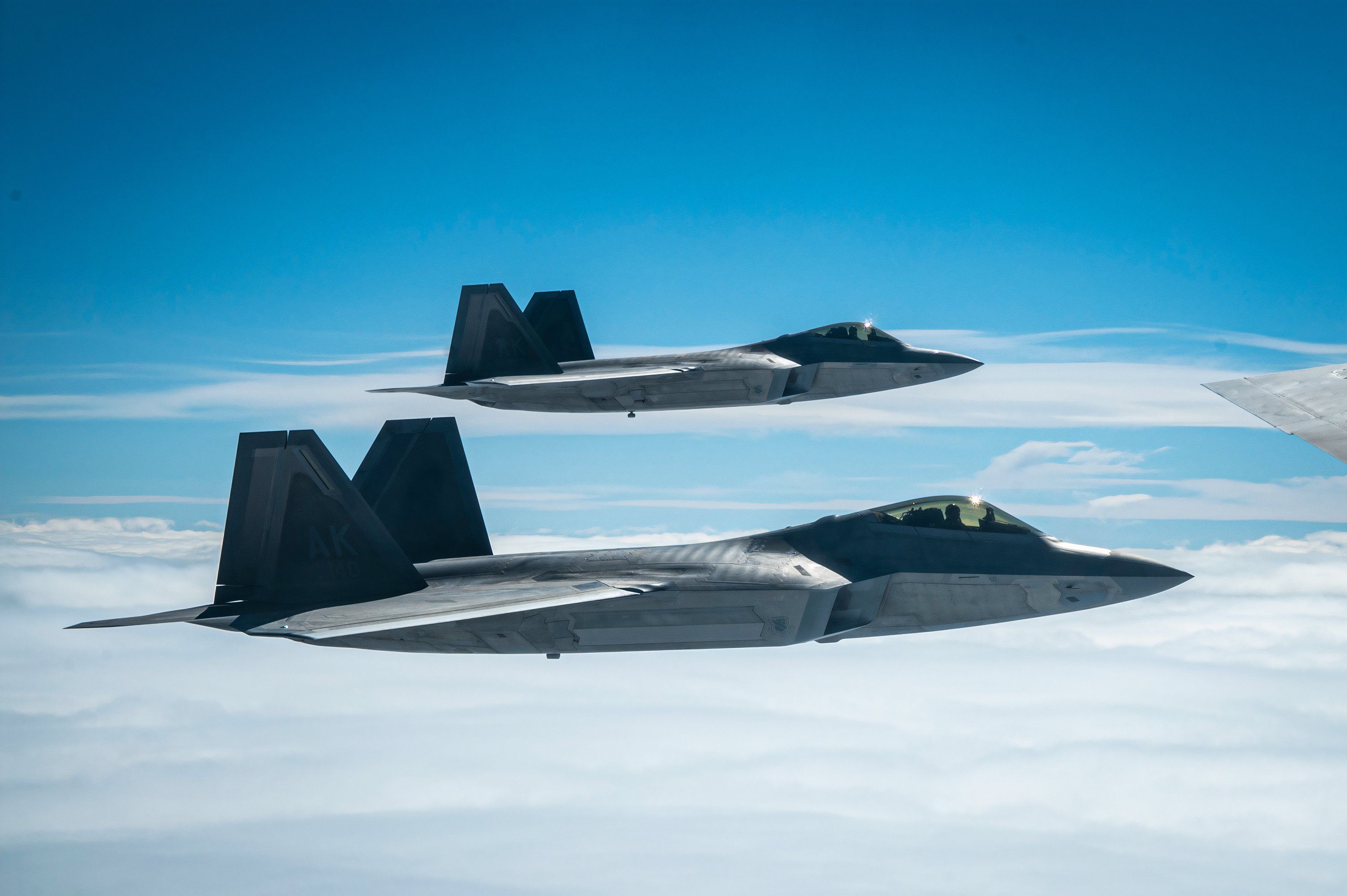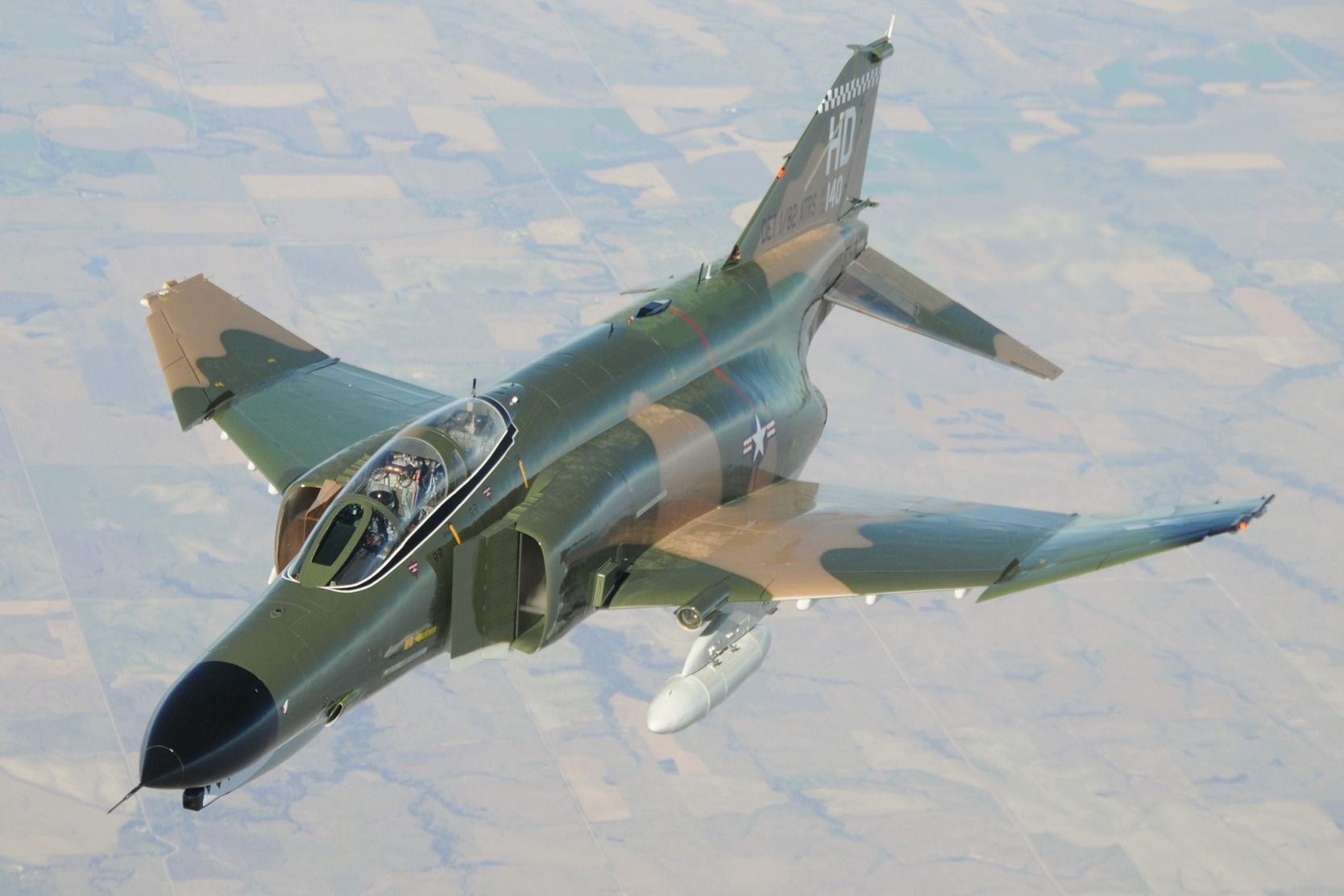The United States has the world’s largest military, primarily the US Army, the US Air Force, and the US Navy. The Air Force operates state-of-the-art fighter aircraft that require extensive training and mission readiness of military personnel. Some of the largest air force bases in the United States offer diverse training programs for superior air dominance of US forces.
1
Nellis AFB, Nevada
Home to the 57th Wing, providing advanced, realistic, and multi-domain training
- United States Air Force (USAF) Weapons School
- 57th Maintenance Group
- 57th Operations Group
- USAF Aerial Demonstration Squadron (Thunderbirds)
- USAF Advanced Maintenance and Munitions
- Operations School (AMMOS)
Nellis Air Force Base in Nevada is home to the most diverse wing in the Air Force, offering advanced training for air, space, and cyberspace dominance. The 57th Wing comprises several major training schools, providing high-end warfighting training at different mediums.
Various combat and aggressor training squadrons offer mission area-specific training to new and experienced individuals. According to the Nellis AFB,
“[The] 65th Aggressor Squadron, utilizes the DoD’s first 5th Generational Fighter jet, the F-35 to prepare Combat Air Forces, joint and allied aircrews for tomorrow’s victories through challenging, realistic threat replication, training, test support, academics, and feedback.”
2
Luke AFB, Arizona
Strives for advanced power through elite instructions for the US, allies, and partners
- The 56th Operations Group
- Seven fighter squadrons
- An air control squadron
- An operations support squadron
- A training squadron
- Off-site fighter squadrons
- Detachments
Luke AFB in Arizona is home to the largest fighter group in the USAF, the 56th Operations Group. The group operates several fighter wings and squadrons within the base and at various other locations, including the Tucson Air National Guard Base and Kingsley Field.
Each squadron trains the world’s best air superiority combat pilots, maintainers, and support specialists while developing air dominance for the USAF. According to the Luke AFB,
“The 56th Operations Group has operational control and responsibility for the entire fighter-training mission at Luke and supports F-15C fighter pilot training for the 173d Fighter Wing, Kingsley Field OR, and F-16 pilot training at the 162nd Fighter Wing, Tucson Air National Guard Base AZ.”
The group comprises seven fighter squadrons for the F-35A Lightning Il and F-16 Fighting Falcons.
3
Tyndall AFB, Florida
Involved in modern air dominance activities
- Directing the F-35 fighter flights
- Offering operational support
- Providing training in all levels of air dominance
The Tyndall Air Force Base is home to the 335th Operations Group, responsible for directing the F-35 fighter operations, support, and training. The Fighter Wing is currently transitioning to the F-35A Lightning II, establishing multiple squadrons. From achieving superior air power to training air traffic controllers and intelligence officers, the Group is making strides in modern air dominance activities.
Photo: U.S. Air Force
According to Tyndall AFB,
“The 325th Operations Support Squadron trains air traffic control personnel and intelligence officers for worldwide assignment, and supports daily operations of the group. The group staff provides guidance and assistance in successfully executing the training mission and ensures quality performance and standardized procedures for pilots and weapons directors for worldwide assignment to the combat Air Forces.”
4
Joint Base Langley-Eustis, Virginia
The oldest active fighter squadron in the USAF
The Joint Base Langley Eustis (JBLE) is home to the oldest active fighter squadron in the USAF. The 27th Fighter Squadron offers a combat-ready F-22 Raptor fleet, ensuring the US forces’ air dominance. First organized in May 1917, the squadron has enhanced air dominance since the First World War.
Photo: USAF
With its 100th anniversary in the books, the group holds the distinction of dropping the most bombs by any F-22 squadron in one month and in a 24-hour period. According to JBLE,
“Today, the 27th is Air Combat Command’s premier “on call” force for any mission requiring air dominance. The 27th Fighter Squadron stands ready to rapidly deploy combat ready F-22 Raptor Aircraft and Airmen to perform Air Dominance and Air Defense missions worldwide in support of all United States operations. They stand ready 24 hours a day, seven days a week and 365 days a year!”
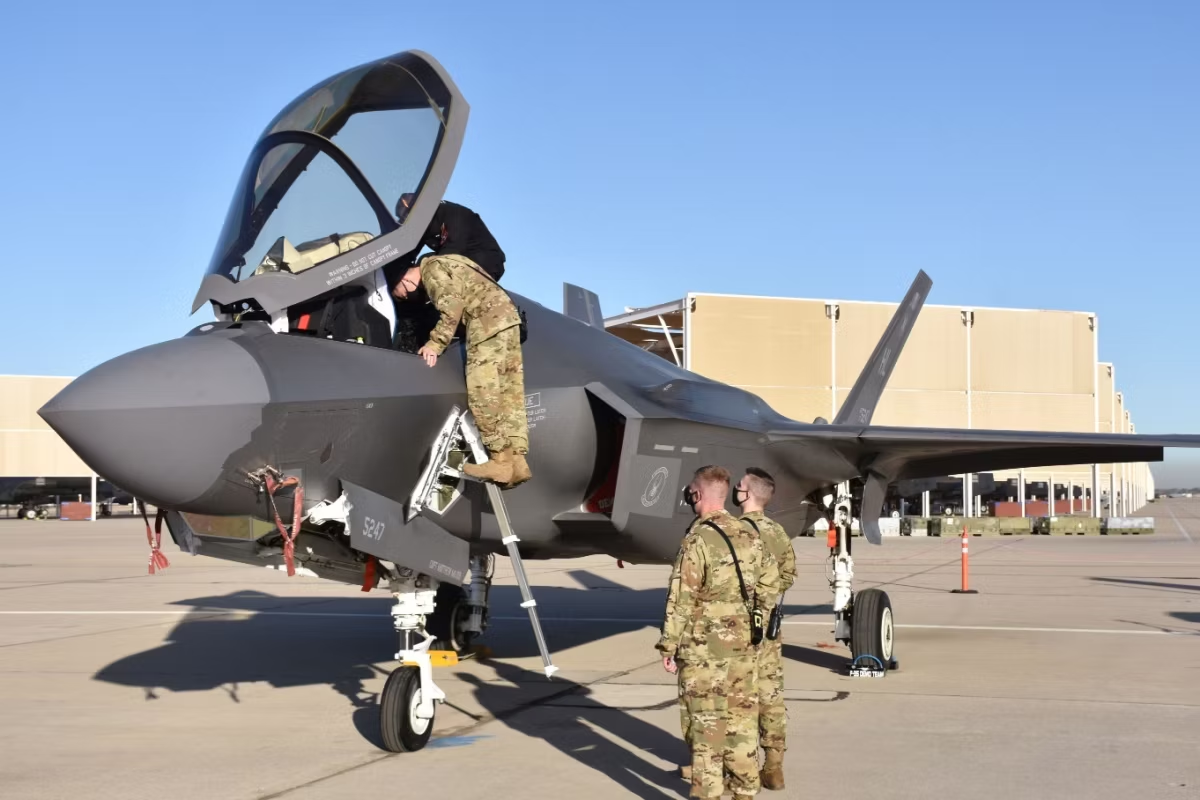
Related
What US Air Force Bases Have You Visited?
We’ve reported on several US Air Force bases worldwide that serve unique national and international security functions. Some offer tours, like Davis-Montham Air Force Base in Tucson, Arizona, which hosts the world’s largest aircraft boneyard. Others have museums, the largest of which is at Wright-Patterson Air Force Base near Dayton, Ohio—the National Museum of the United States Air Force. Still, others host special events or are open to visitors under certain conditions.
According to the US Department of Defense, the best way to know if you’ll get a warm welcome is to check ahead on the bases’ website for the visitor center and get in touch to arrange a visit. You should also ensure that you have the proper identification, including your passport, and be prepared for your car and personal items to be thoroughly screened before you are allowed through. There are also specific gates for visitors, so you should not trust your GPS alone to take you to the right place. Confirm the right
5
Holloman AFB, New Mexico
Hundreds of students are trained on thousands of sorties
- The 6th Attack Squadron
- The 9th Attack Squadron
- The 29th Attack Squadron
- The 16th Training Squadron
The Holloman Air Force Base is home to the 49th Operations Group, which is responsible for training US and Allied forces to achieve national security goals. The 54th Fighter Group at Holloman AB offers an extensive flying hours program, training students on a range of flying sorties.
Photo: Holloman AFB
- The 311th Fighter Squadron
- The 314th Fighter Squadron
- The 8th Fighter Squadron
- The 54th Training Squadron
- The 54th Operations Support Squadron
The Holloman AFB states that the group trains on average 180 students each year, with over 10,800 sorties and 14,600 flying hours. According to the Holloman AFB,
“The group consists of approximately 800 personnel, maintains $2.2 billion in F-16 assets and executes a $144 million operations and maintenance budget to carry out F-16 training.”

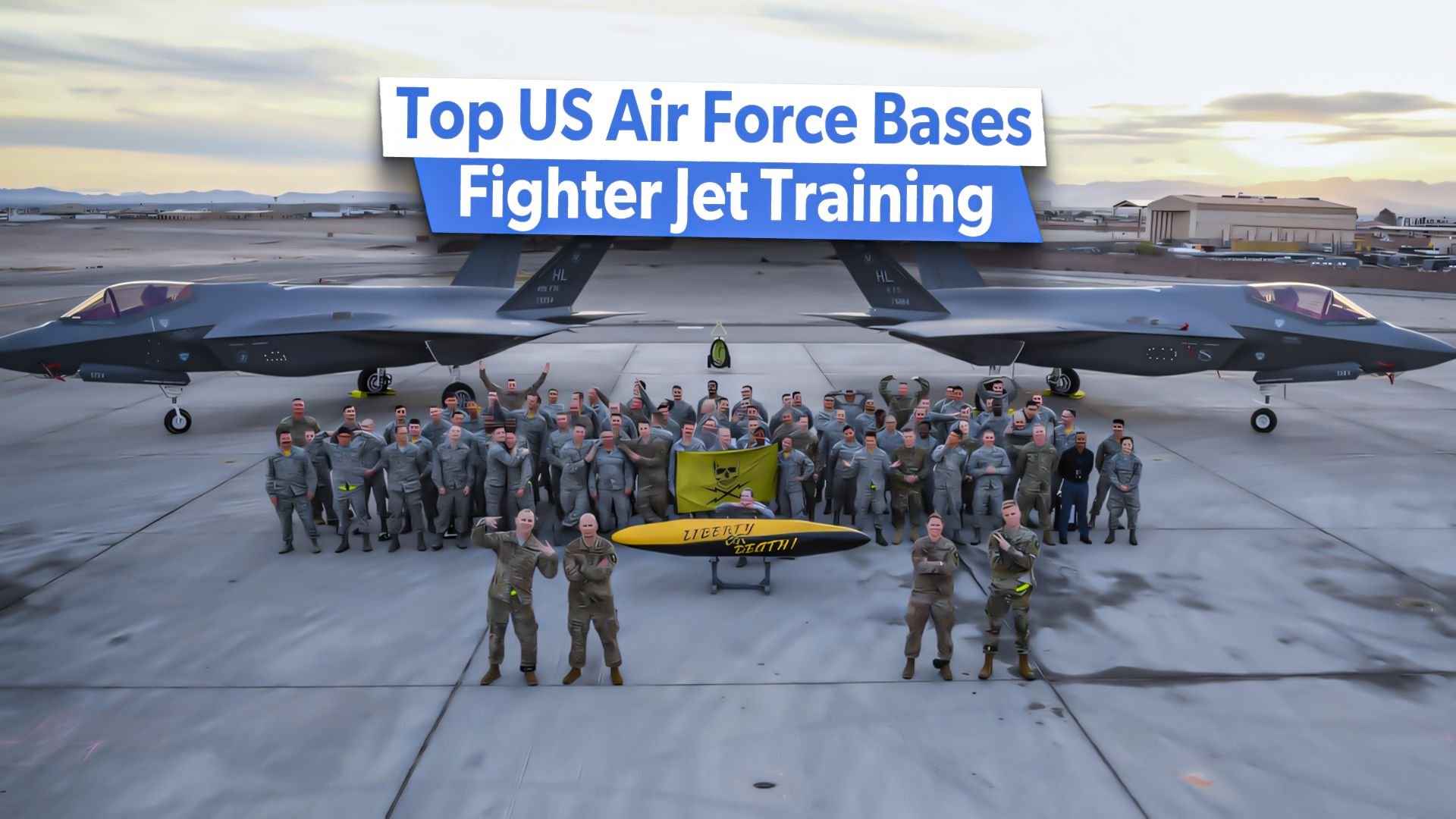
![6902150 - F-15EX Integrated Test and Evaluation at Nellis AFB [Image 5 of 22]](https://static1.simpleflyingimages.com/wordpress/wp-content/uploads/2024/07/6902150.jpg)
